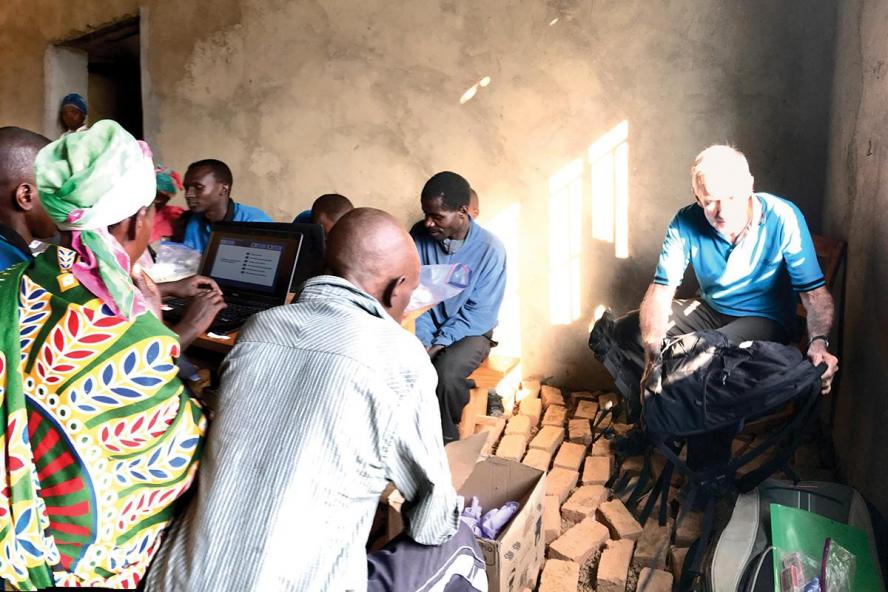Rwanda: 12 Million People. 48 Dentists.

IN THE SPRING OF 1994, THE EAST AFRICAN NATION of Rwanda collapsed into one hundred days of bloodshed. Over the course of three months, somewhere between eight-hundred thousand and one million people were murdered as the country’s Hutu majority waged a genocide against the Tutsi minority ethnic group. The human cost was devastating, and Rwandan society, including its health-care system, was torn apart. Facilities and records were destroyed. Doctors, dentists, nurses, and others were killed or fled, and, for the next two years, no new health-care providers could be trained.
More than two decades later, Rwanda is still working to knit its society back together. Along with an ambitious restorative-justice effort to reconcile the victims and perpetrators of the genocide, and a host of economic and educational reforms, that has also meant rebuilding the health-care system.
In time, attention turned to oral-health care for the nation of twelve million people, but progress has been slow. In 1998, Rwanda began training dental therapists—approximately three hundred are now employed—but the scope of their practice is limited to preventive care and simple treatment. The pool of practicing dentists is even more limited. Rwanda has about a million more people than its former colonial ruler, Belgium, a country with an estimated eight thousand dentists. Rwanda, by comparison, has forty-eight registered with the government.
Because of the lack of dentistry professionals, anything more complex than a simple extraction usually means a referral to a district or provincial hospital, which could be as far as a four- or five-hour walk for patients. Most people in rural areas—about 80 percent of the population—don’t own cars, motorcycles, or bicycles, nor do they have the money to pay for a ride from someone who does. As a result, Rwanda’s thirty-six district hospitals saw more people complaining of tooth and gum disease than any other ailment in each of the last ten years.
And that was just what country officials knew. There was much they didn’t—and they had no way of finding it out. Although the Ministry of Health conducts a national survey every five years, it contains no questions about oral health. So before they could begin to chart a course for the future, Rwandan officials, academics, and dental professionals needed a clear-eyed look at the current state of oral health in the country. And that’s where a Tufts professor and his team of researchers came in.
During a trip to East Africa in 2013, John Morgan, a professor of public health and community service, met with members of the Rwandan dental surgeons and dental therapists associations. They presented him with a bold idea: a National Oral Health Survey of Rwanda, one that would record the oral-health status across all age groups and geographic regions. “They had been asking for this data for a while,” Morgan said, “but didn’t think they had the capacity on their own to develop and implement this study.” At the time, Morgan was in the country to explore oral-health needs at a cancer center supported by the Cummings Foundation, a nonprofit based in Woburn, Massachusetts, founded by Bill Cummings, A58, H06, and Joyce Cummings, H17. Understanding the urgency of the national assessment, Morgan took up the challenge, and the Cummings Foundation agreed to fund it.